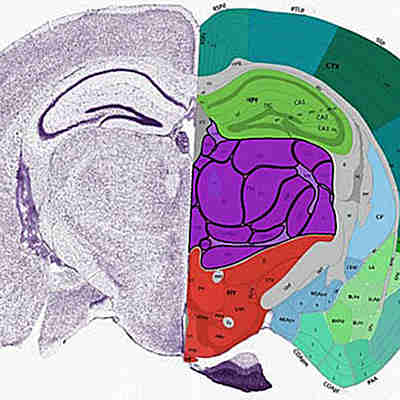September 22, 2022 -- University of Southern California (USC) researchers have linked a mitochondrial DNA variant to increased risk of Alzheimer’s disease, pointing to a new way to tackle the hard-to-treat condition.
In an article published September 21 in the journal Molecular Psychiatry, researchers describe the discovery of a link between a mitochondrial single nucleotide polymorphism (SNP) and Alzheimer's, neuroimaging, and transcriptomics. The USC Leonard Davis School of Gerontology team mapped the SNP, called rs2853499, to a novel mitochondrial small open reading frame with the potential to encode for microproteins.
Using mass spectrometry, the researchers detected two peptide fragments derived from the small open reading frame, which is called Shmoose, in mitochondria. The paper claims the discovery represents the first unique mass spectrometry-based detection of a mitochondrial-encoded microprotein to date.
A mutation in the gene partially inactivates the Shmoose microprotein. Looking at the mutation across four different cohorts, the researchers linked the change in the microprotein to a 30% higher risk of Alzheimer's. The study suggests that nearly 25% of people of European ancestry have the mutated form of the protein.
"This discovery opens exciting new directions for developing precision medicine-based therapies for Alzheimer's disease, focusing on Shmoose as a target area," senior author Dr. Pinchas Cohen, professor of gerontology, medicine, and biological sciences, said in a statement. "Administration of Shmoose analogs in individuals who carry the mutation and produce the mutant protein may prove to have benefit in neurodegenerative and other diseases of aging."
Cohen and his collaborators showed that Shmoose levels in humans correlated with age, cerebrospinal fluid (CSF) tau, and brain white matter volume. Subsequent functional experiments found that the microprotein acts on the brain after being injected into the CSF and differentiated mitochondrial gene expression in multiple models.
The discovery of Shmoose's role is the latest of a series of advances in the field of microproteins. While scientists have traditionally focused on large protein-coding genes, technology is now enabling them to look at microproteins, as Brendan Miller, PhD, first author of the study, explained.
"The field of microproteins is still so new," Miller said. "We don't yet know how many microprotein genes are even functional, and the cost to study a potential microprotein one-by-one from a list of thousands is just too expensive and inefficient. The approach my colleagues and I used to detect Shmoose shows the power of integrating big genetics data with molecular and biochemical techniques to discover functional microproteins."
Copyright © 2022 scienceboard.net









